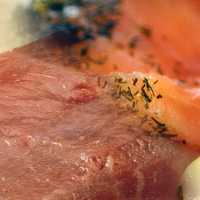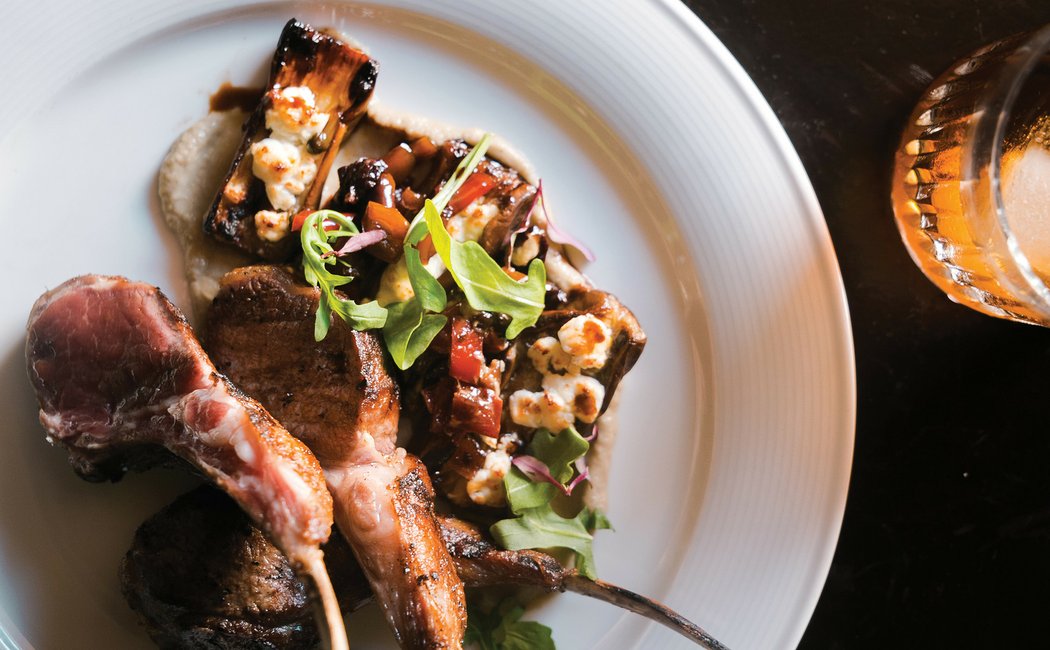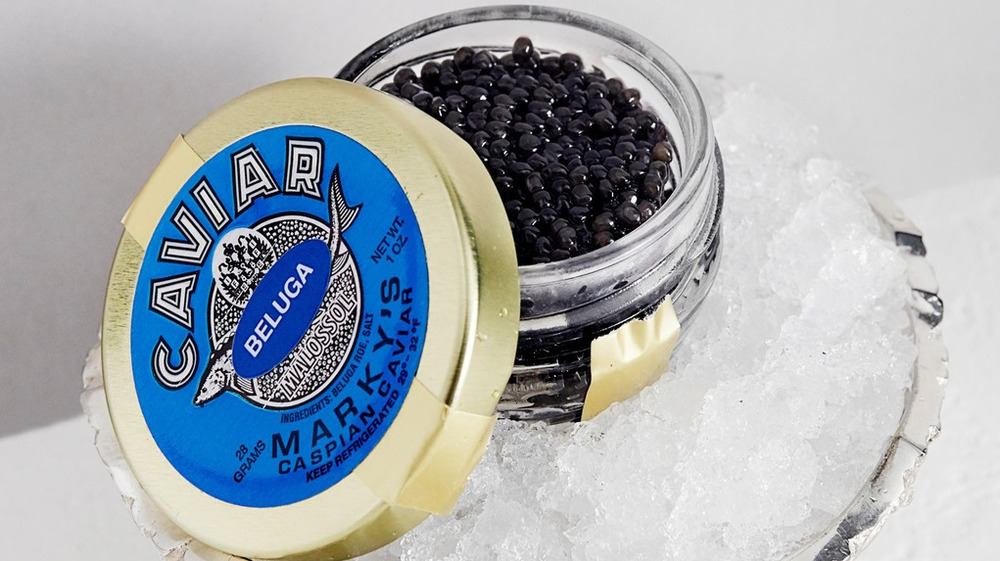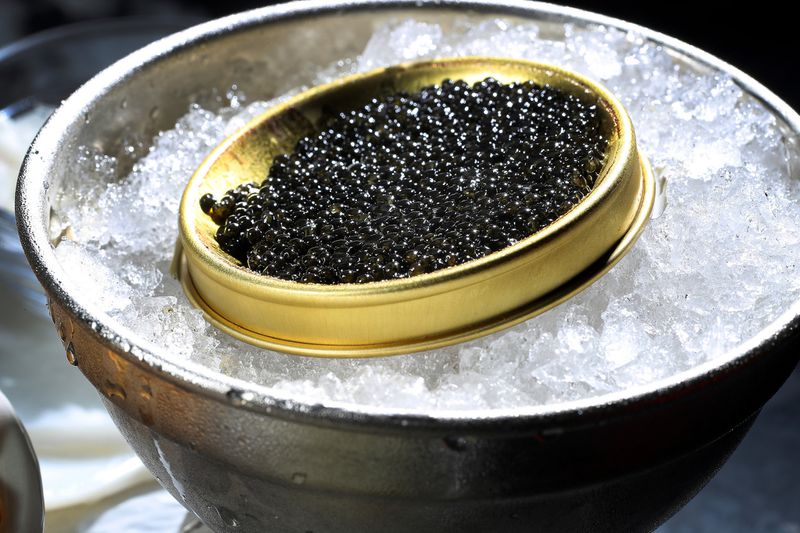Types of Foie Gras
In France, foie gras exists in different, legally defined presentations.
- foie gras entier (whole foie gras), made of one or two whole liver lobes; either cuit (cooked), mi-cuit (semi-cooked), or frais (fresh);
- foie gras, made of pieces of livers reassembled together;
- bloc de foie gras, a fully cooked, moulded block composed of 98% or more foie gras; if termed avec morceaux ("with pieces"), it must contain at least 50% foie gras pieces for goose, and 30% for duck.

Additionally, there exist pâté de foie gras; mousse de foie gras (both must contain 50% or more foie gras); parfait de foie gras (must contain 75% or more foie gras); and other preparations (no legal obligation established). Fully cooked preparations are generally sold in either glass containers or metal cans for long-term preservation. Whole, fresh foie gras is usually unavailable in France outside the Christmas period, except in some producers' markets in the producing regions. Frozen whole foie gras sometimes is sold in French supermarkets.
Whole foie gras is readily available from gourmet retailers in Canada, the United States, Hungary, Argentina and regions with a sizeable market for the product. In US, raw foie gras is classified as Grade A, B or C. Grade A is typically the highest in fat and especially suited for low-temperature preparation, because the veins are relatively few and the resulting terrine will be more aesthetically appealing because it displays little blood. Grade B is accepted for higher temperature preparation, because the higher proportion of protein gives the liver more structure after being seared. Grade C livers are generally reserved for making sauces as well as other preparations where a higher proportion of blood-filled veins will not impair the appearance of the dish. www.wikipedia.com/foie_gras






